Did you know that driftwood can do more than just add a decorative touch to your aquarium? It can have a significant impact on your fish’s habitat. However, with so many different types of driftwood available, choosing the right one can take time and effort. But don’t worry, I’ve got you covered!
Content Table
In this post, we’ll explore the world of aquarium driftwood, discuss the various types, their benefits and drawbacks, and how to choose the perfect driftwood piece to create a beautiful and functional underwater world for your aquatic inhabitants.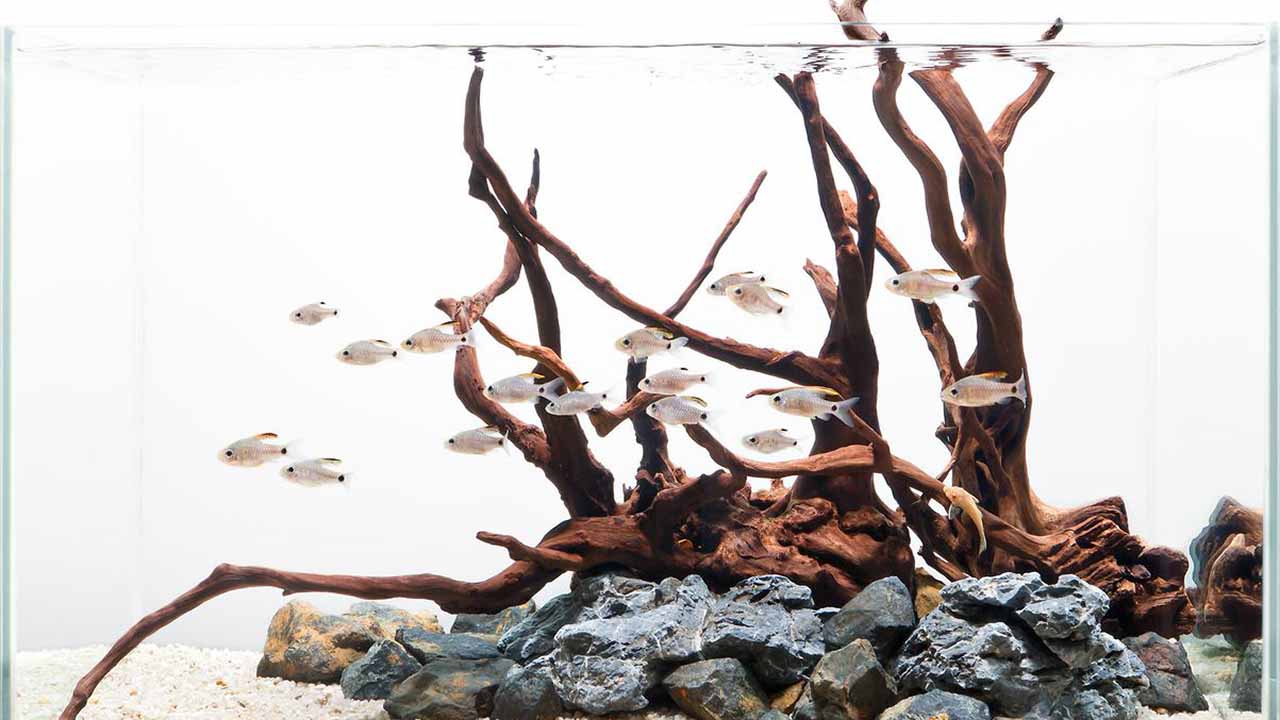
Types of Driftwood For Aquarium
The type of driftwood you choose can influence the aesthetics and functionality of your aquarium.
1. Spiderwood
| This aquatic plant is well-known for its intricate branches and web-like forms, which makes it a hit for the aquascapes. It will become muddy once and has a low tannin level in it such that it will not affect the plants inside and fish that like clear water will be safe. | 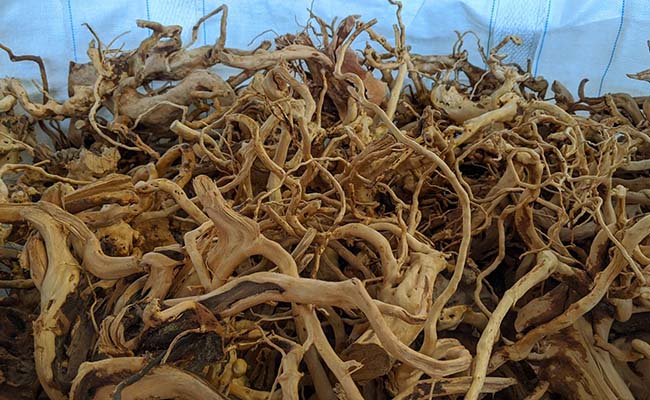 |
2. Mopani wood
| This wood is characterized by its thick and dark texture, containing twisted and branchy roots. Mopani cake is rich in tannins, which accounts for its natural acidic (black) waters that our angels and surface-dwelling fish do not shy away from. | 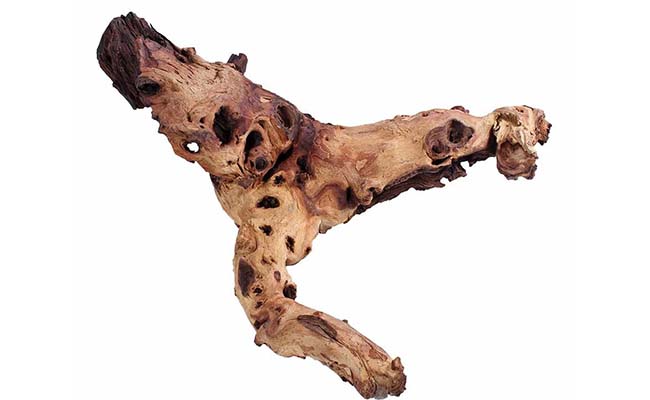 |
3. Malaysian driftwood
| This driftwood which is commonly utilized is brown and has a smooth surface. It gives the water a brownish hue, but it also falls to the tank bottom and provides excellent conditions for bacterial development, which is very suitable for biological filtration. | 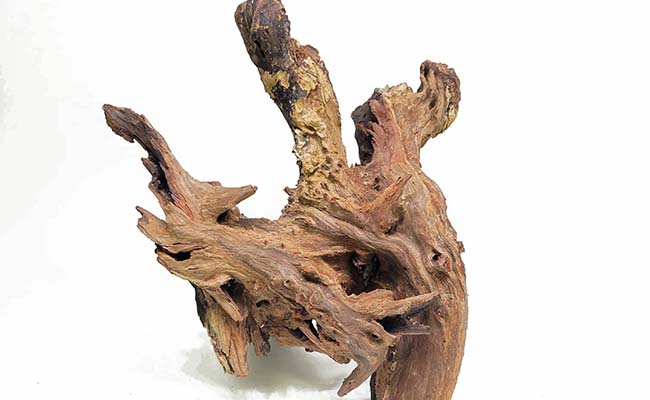 |
4. Cholla wood
| This local driftwood is made from the dead skeleton of the cholla cactus. It features a hollow, branched structure that suits benthic fish and shrimp who love to wander inside its caves and crevasses. Cholla wood has only a small effect on water parameters, thereby being an appropriate option for aquariums where changes in pH or hardness may be a major issue. | 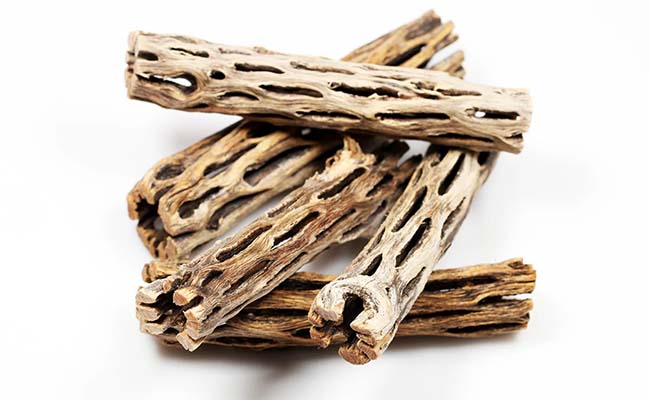 |
5. Manzanita wood
| The wood from Manzanita trees will be hard to find and has durability and aesthetic appeal that goes from a reddish brown color to a dense structure that easily sinks. On the other hand, it is a budding plant and has a rather low tannin content, so it is suitable for tanks where you are looking to keep the water crystal clear. | 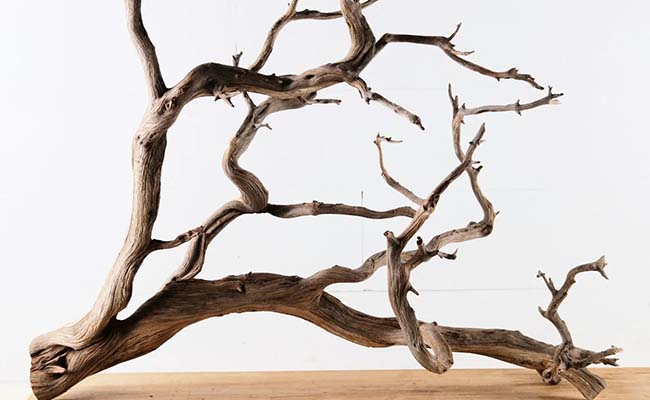 |
6. Red Moor Wood
| This driftwood is reddish-brown and has an intriguing and artistic construction that is more or less twisted and tangled. It tends to absorb tannins but is known for its quick sinking and providing cover areas for fish. Red Moor Wood is a suitable choice for tank mates of modest or territorial fish. | 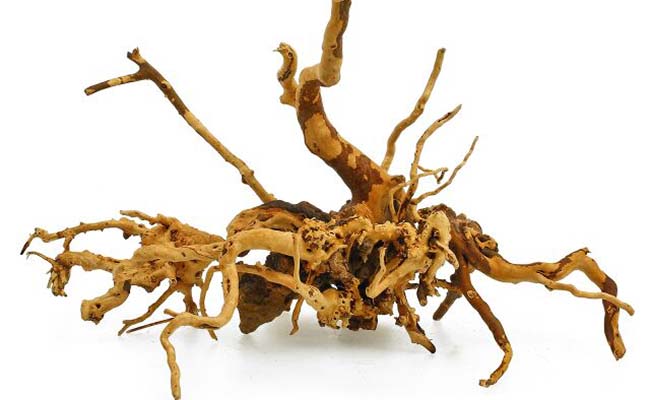 |
What are the Pros and Cons of Aquarium Driftwood in a Fish Tank
Pros of Aquarium Driftwood
Driftwood can be a great addition to your fish tank for several reasons:
Natural Beauty: Driftwood adds a natural and aesthetically pleasing element to your aquarium, creating a more realistic underwater environment.
Fish Benefits:
- Provides hiding places for shy or stressed fish.
- Offers spawning grounds for some fish species.
- Can be a food source for algae eaters like shrimp and snails.
Water Chemistry: Certain types of driftwood can slightly lower the pH level of the water, which can be beneficial for fish that prefer slightly acidic environments.
Plant Attachment: Driftwood provides a surface for attaching aquatic plants, adding to the natural look and helping with water filtration.
Cons of Aquarium Driftwood
While beneficial, there are also some things to consider before adding driftwood to your tank:
Initial Impact:
- New driftwood can leach tannins into the water, causing it to turn a brownish color. This is usually harmless but may stain tank decorations.
- Driftwood may float initially and require weighing down with rocks or soaking beforehand.
Maintenance:
- Driftwood can break down over time, releasing organic matter that can impact water quality if not cleaned.
- Some types of driftwood can harbor fungus during the initial stages. This is usually harmless but may require removal.
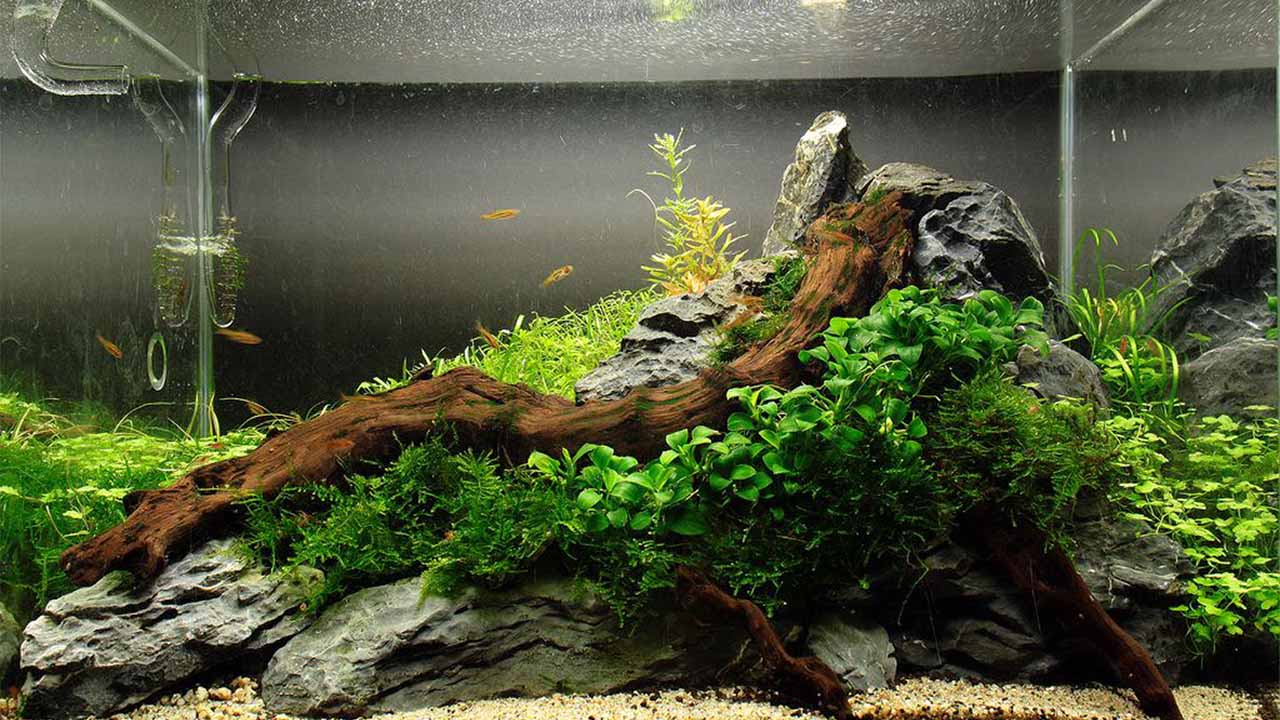
How to Choose the Right Driftwood
Fish Species
- Fish size: If it is a big fish, choose more considerable driftwood pieces rather than knocking the piece around. The smallest fish can find hiding places in intricate branches.
- Behavior: Bottom eaters like catfish might enjoy driftwood with caves or cracks.
Tank Size and Style
- Tank size: Numerous pieces of wood smaller than the tank are ideal, but several big pieces of driftwood would dominate a tiny aquarium. Stick to objects whose size is relatively small, so that they do not block the swimming area.
- Aquascape style: Natural forms like bending or weird-shaped driftwood can be highlighted in the natural style tank. Manzanita wood, with its twisting and breakages, is suitable for Chinese line scape design.
Water Chemistry
- Water type: Some woods of forest, for example, the Mopani tree, work as an acid buffer to lower the pH of water. choose driftwood with minimal impact, like Malaysian driftwood.
Here’s a quick guide to popular driftwood types:
- Mopani Wood: Dense, dark wood that sinks easily. Lowers pH. Great for creating caves.
- Spider Wood: Light-colored with many branches, good for intricate scapes. Can float initially.
- Cholla Wood: Hollow branches perfect for bottom feeders and shrimp. Breaks down faster than other types.
- Red moor Wood: Beautiful reddish-brown color, can stain water initially. Sinks easily and is good for planted tanks.
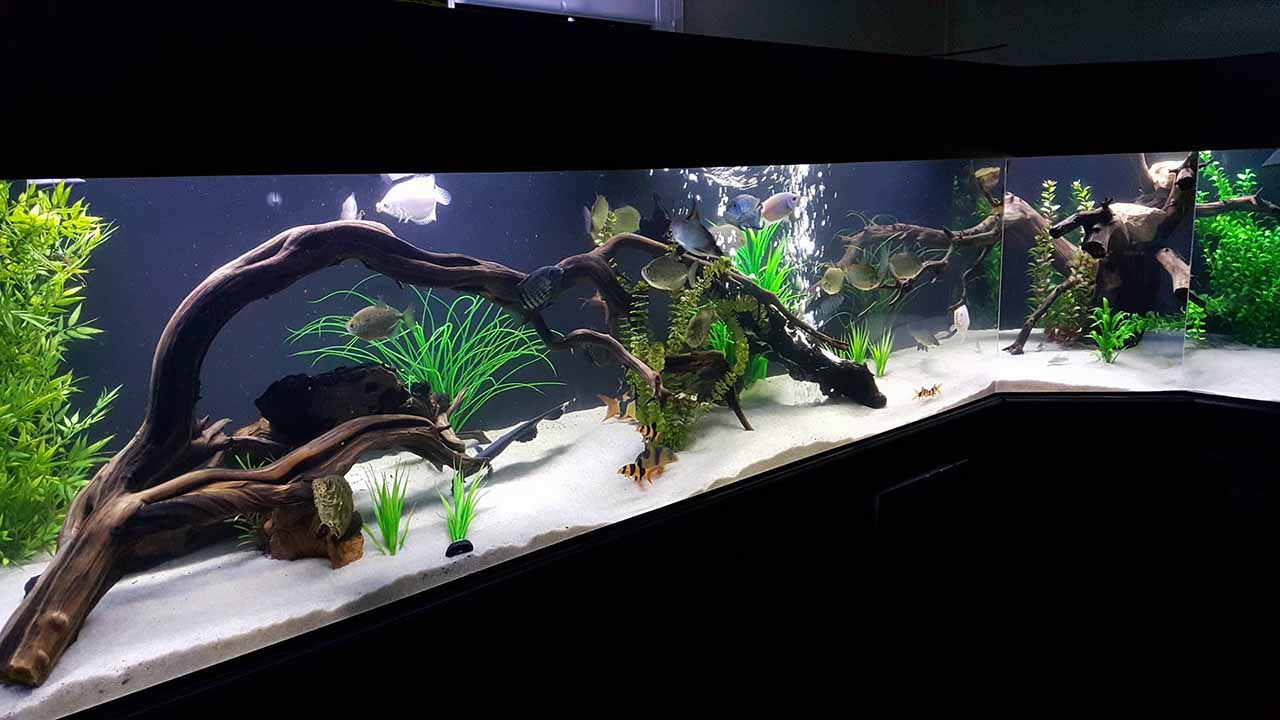
Get Driftwood to Stay Submerged in the Aquariums
Driftwood can be a beautiful and natural addition to your aquarium, but it can be frustrating if it keeps floating. Here are a few ways to get your driftwood to stay submerged:
1. Soak the driftwood
Fill a bucket or a container with water and leave the piece of driftwood there for a while; make it soak for several days or even a few weeks. The water will now penetrate the wood parts, which will make the log more dense and more likely to submerge. Even the small skew can be compensated by the plates or rocks attached to the driftwood to hold it under the water. Change the water every few days to get rid of any faint color of the water caused by some species of driftwood.
2. Weight it down
If the idea of soaking the driftwood didn’t work, try weighing it down with rocks or other aquarium-suitable objects. You can use a fishing line or cyanoacrylate glue (also called superglue) to ensure that it is strongly tied to the driftwood. Make certain that you apply the right aquarium-safe glue.
3. Use aquarium escape techniques
While fixing your driftwood on the tank, you can take advantage of the aquarium substrate like gravel or sand. Sink the driftwood base in the substrate to keep it more stable in the tank. You can also use the driftwood as an element to wedge between rocks or other decorations.
4. Choose dense driftwood
It is interesting that some of the drifts are curiously denser and sink more easily, while the rest are not. Mopani wood and driftwood Malaysia are two leading choices that carry a greater tendency of submerging.
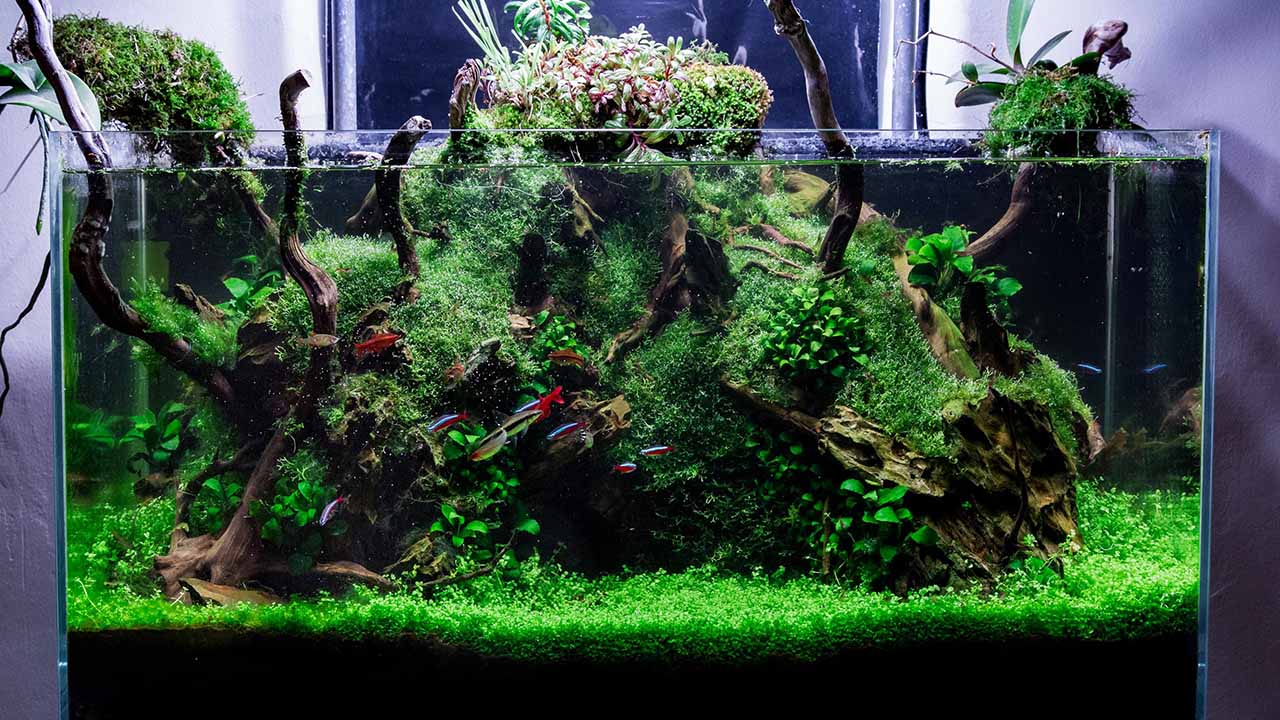
Best Driftwood Building Aquariums
How to Use Driftwood?
When using driftwood in aquariums, there are a few important steps to follow to ensure the health and safety of your fish and plants.
- The first thing to do here is properly clean and prepare the driftwood before adding it to the aquarium. Such a method can involve soaking the driftwood in hot water or boiling it to kill any bacteria or tannins that could be unsafe for aquatic life.
- Now, check out the size and shape of a piece of wood corresponding to your tank. Ensure that the driftwood is not too large or sharp, which can harm fish. It is also necessary to attach the driftwood firmly to the gravel or other substrates of your aquarium, otherwise it may shift or even fall.
- Besides that, driftwood can lower the pH levels in an aquarium by erosion of some tannins. You will most likely have to view and modify the pH values appropriately for fish or plants that are a little susceptible.
In Summary
In conclusion, driftwood proves to be both aesthetically pleasing and practical for your aquarium. The type of decoration varies based on the particular fish and the tank’s dimensions and court of landscape. Such as the hardness of wood concerns, the influence on water quality, and the probability of wood changing its color. With the right selection, and drifting with the preparation, you will be sure to create a beautiful and natural underwater world for your finned companions.
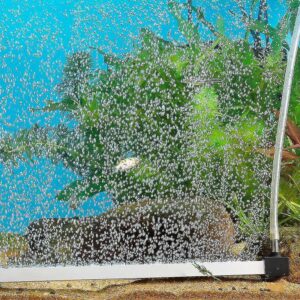
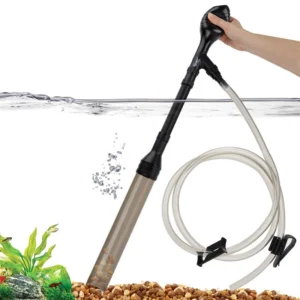
Leave a comment